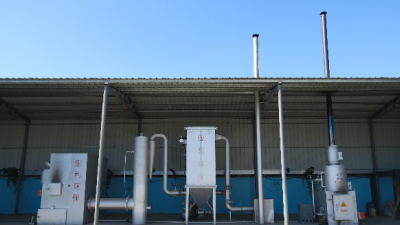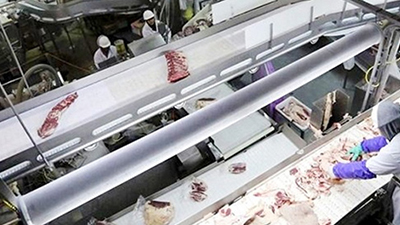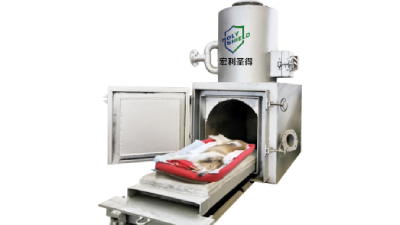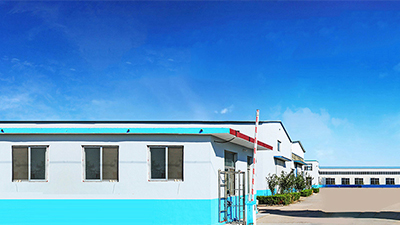The current domestic waste treatment methods are
mainly landfill and
incineration, and these two methods are also commonly used domestic waste treatment methods in the world.
Incineration: The incineration method is to combust the combustible components in the municipal solid waste with the oxygen in the air to turn them into inorganic substances. The waste incineration effect after sorting is better. After the waste incineration treatment, the pathogens in the waste are completely eliminated. Garbage is used as energy, and the high-temperature flue gas generated by garbage incineration is converted into steam, which is used for heating and power generation. It can also recover resources such as ferromagnetic metals, which can fully realize the resource utilization of garbage disposal. And the incineration treatment can be operated around the clock and is not easily affected by the weather.
Landfill method: The landfill method is the final disposal of garbage in the soil under anaerobic conditions, where the garbage in the soil is decomposed by microorganisms to produce non-hazardous substances such as CH and CO. The disposal method of sanitary landfill has the advantages of reliable technology, simple operation and management, no need for subsequent disposal, large processing capacity, no strict requirements on waste composition, and low investment and operation cost.
However, these two methods also have many disadvantages.
Disadvantages of landfill waste:
(1) The amount of land occupied is large, and the landfill does not reduce the amount of waste. For a large amount of domestic waste, a huge landfill site is required, so it is difficult to select a new landfill site.
(2) The risk of environmental pollution in the landfill is high. The domestic waste landfill has not effectively treated the pollution source. With the increase of the stockpile and the extension of time, it is easy to cause leakage of the surrounding environment such as contaminated soil and groundwater.
(3) Landfills are prone to produce methane and other gases.
(4) The domestic waste in the landfill is easy to be mineralized after many years, and the reclamation of the landfill after mineralization is difficult, and it is even more difficult to deal with it again.
Disadvantages of incinerating garbage:
(1) The incineration method requires a large investment and occupies a long period of capital.
(2) Incineration has certain requirements on the calorific value of garbage, which generally cannot be lower than 5000kj/kg, which limits its application range.
(3) The "dioxin" problem generated during the incineration process must be effectively dealt with with a large capital investment.

What does Holy shield do?
Holy shield has always focused on the upgrading of incineration technology, and has produced professional
domestic waste incinerators,
medical waste incinerators, and
animal incinerators in terms of input cost, application scope, and secondary pollution to meet the needs of various industries for waste treatment. We also have a technical R&D team to carry out personalized R&D and customization for unique garbage.




